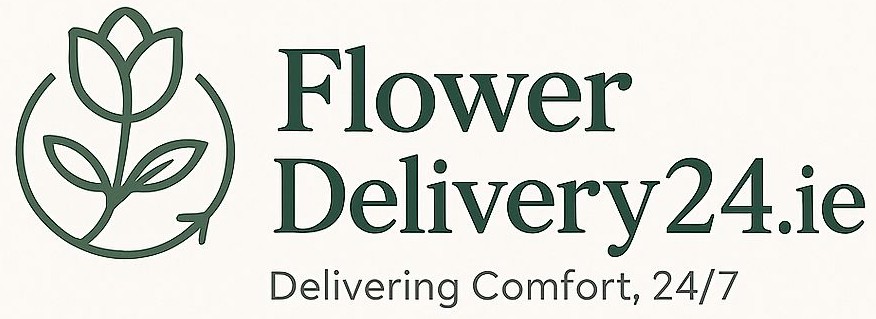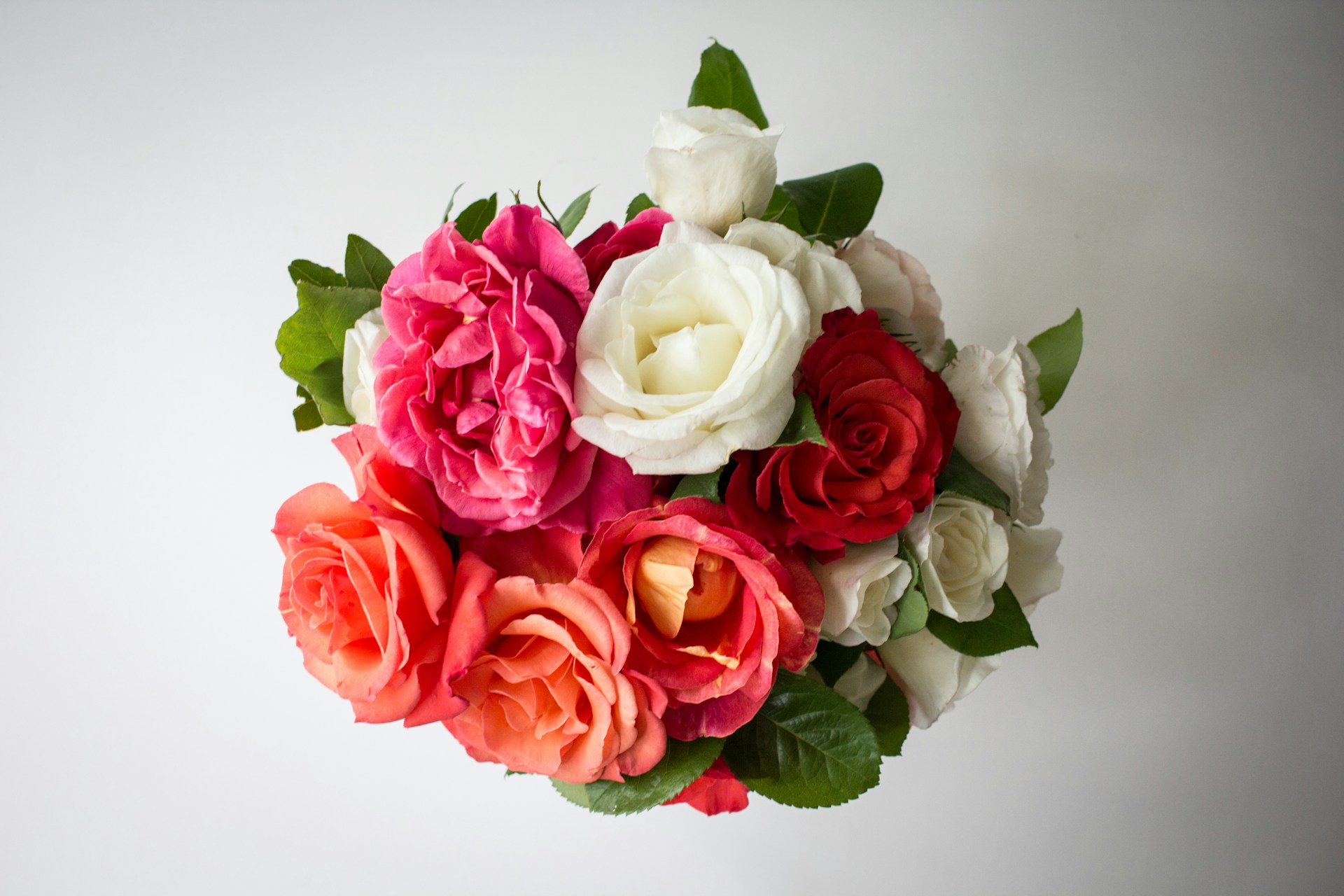The joy of receiving or sending flowers is a timeless pleasure, a gesture of love, sympathy, or celebration that brightens any occasion. Unfortunately, this sentiment can be easily exploited by unscrupulous operators. The “flower delivery shammer” preys on our emotions, our desire to connect with loved ones, and our reliance on convenience. These scams range from inflated prices and subpar arrangements to outright failure to deliver, leaving customers frustrated, disappointed, and financially stung. This article delves deep into the world of flower delivery scams, equipping you with the knowledge and strategies to protect yourself and ensure your floral gifts arrive as beautiful and meaningful as you intend.
Understanding the Tactics of the “Flower Delivery Shammer”
The tactics used by “flower delivery shammers” are diverse and constantly evolving, making it crucial to stay informed. One common method involves creating websites that mimic legitimate florists. These sites often use attractive imagery, discounted prices, and promises of same-day delivery to lure customers in. However, behind the glossy facade, they may have hidden fees, poor-quality flowers, or no actual fulfillment capabilities, instead farming out orders to local florists at a much-reduced rate, pocketing the difference.
Another tactic is the use of deceptive advertising and keyword stuffing. Shammers might target popular search terms like “same day flower delivery,” “cheap flowers,” or specific geographic locations. When you click on these ads, you are often directed to a site that is either overpriced or uses misleading descriptions. They might claim to use “premium blooms” when, in reality, they’re sourcing less expensive, lower-quality flowers, making a hefty profit on the disparity.
Unclear pricing is a key indicator of potential fraud. Some shammers will advertise low prices, but then tack on exorbitant delivery fees, service charges, or even “processing fees” at checkout. They rely on the emotional urgency of the situation to prevent you from backing out. Remember to scrutinize the final price and any additional fees before completing your order and to keep a close eye on the terms and conditions.
Identifying Red Flags: Spotting a “Flower Delivery Shammer” Website
Protecting yourself begins with vigilance. Learning to recognize the red flags of a potentially fraudulent flower delivery website is essential. Pay close attention to the website’s design and user experience. A professionally designed website with clear contact information, including a physical address and phone number, is more likely to be legitimate. Conversely, websites with generic designs, missing contact details, or numerous spelling and grammatical errors should raise immediate suspicion.
Check for online reviews and ratings, but don’t take them at face value. Shammers may fabricate reviews or pay for positive ones. Look for reviews on multiple platforms, such as Google Reviews, Yelp, and Trustpilot. Be wary of sites that have only a few reviews, especially if all are overwhelmingly positive. Search for complaints or negative experiences on consumer protection websites and forums. A pattern of complaints regarding late deliveries, poor flower quality, or unresponsive customer service is a significant warning sign.
Scrutinize the website’s “About Us” page. Is the company’s history and mission clearly stated? Does the page provide specific information about the florist or the team behind the website? A lack of detail or a generic, vague description suggests a lack of transparency. Also, be wary of websites that are difficult to navigate or don’t offer readily available information about delivery areas and associated charges.
Price Manipulation and Hidden Fees
One of the most common tactics used by flower delivery shammers is price manipulation. They lure customers with seemingly low prices, only to add hidden fees at the checkout. This can involve excessive delivery charges, service fees, or even “processing fees.” Always carefully review the final price before completing your purchase and compare it to the price of similar arrangements from other florists.
Be skeptical of deals that seem too good to be true. While legitimate florists may offer discounts or promotions, unrealistically low prices often indicate a problem. It could mean that the flowers are of poor quality, the arrangement will be significantly smaller than advertised, or the delivery service is unreliable. Compare the prices with other reputable florists in your area to determine whether the deal is genuine.
Avoid florists that lack transparency in their pricing. If the website is unclear about delivery fees, service charges, or other potential costs, it’s a red flag. Look for florists that clearly state all associated fees upfront. Reliable businesses have nothing to hide and will be upfront and honest about the price of their products and services.
Protecting Your Order and Reporting Scams
Even when you’ve done your research, there’s still a risk of encountering a “flower delivery shammer.” Taking preventative measures can minimize your risk. Always pay with a credit card, as credit card companies offer fraud protection and may be able to dispute charges if your order is not fulfilled or of poor quality. Avoid paying with debit cards, prepaid cards, or other payment methods that offer less protection.
Document everything. Keep records of your order, including the website, the date, the arrangement you ordered, and the total price. If you have any communication with the florist, save the emails, chat logs, or any other documentation. This information will be valuable if you need to file a complaint or dispute the charges.
If you suspect you’ve been scammed, report it. Contact the Federal Trade Commission (FTC) or your local consumer protection agency. File a complaint with your credit card company and provide all relevant documentation. Reporting these scams helps protect others from becoming victims. The more reports authorities have, the easier it is to shut down the fraudulent operations.
Choosing a Reputable Florist: Tips for a Successful Delivery
The best way to avoid being a victim of a flower delivery scam is to choose a reputable florist. Start by searching for local florists in your area. Local florists often have a better understanding of the local delivery area and a vested interest in providing excellent service. They are also more likely to use fresh, high-quality flowers.
Consider using established online flower delivery services with a proven track record. These services often have a network of trusted local florists and offer a wider selection of arrangements. Research the services and read reviews from multiple sources before placing your order. Look for companies that have a customer service guarantee and a clear policy regarding refunds or replacements.
Call the florist directly. A phone call can reveal a lot about the florist’s professionalism and willingness to help. Ask about their flower sourcing, delivery process, and customer service policies. You can gauge their expertise and commitment to providing quality service. The ability to speak to a real person can often mitigate future issues.
The Bottom Line: Stay Informed and Vigilant
The “flower delivery shammer” thrives in a landscape of online convenience and emotional sentiment. By understanding their tactics, recognizing red flags, and taking proactive steps to protect yourself, you can minimize your risk. Choose your florist carefully, document your order, and report any suspicious activity. In doing so, you can confidently send and receive flowers knowing you’ve minimized the chance of being scammed. The beauty and joy of flowers should never be overshadowed by fraudulent practices; with a little vigilance, you can ensure your floral gifts arrive as intended: bringing joy and connection.
“`






























